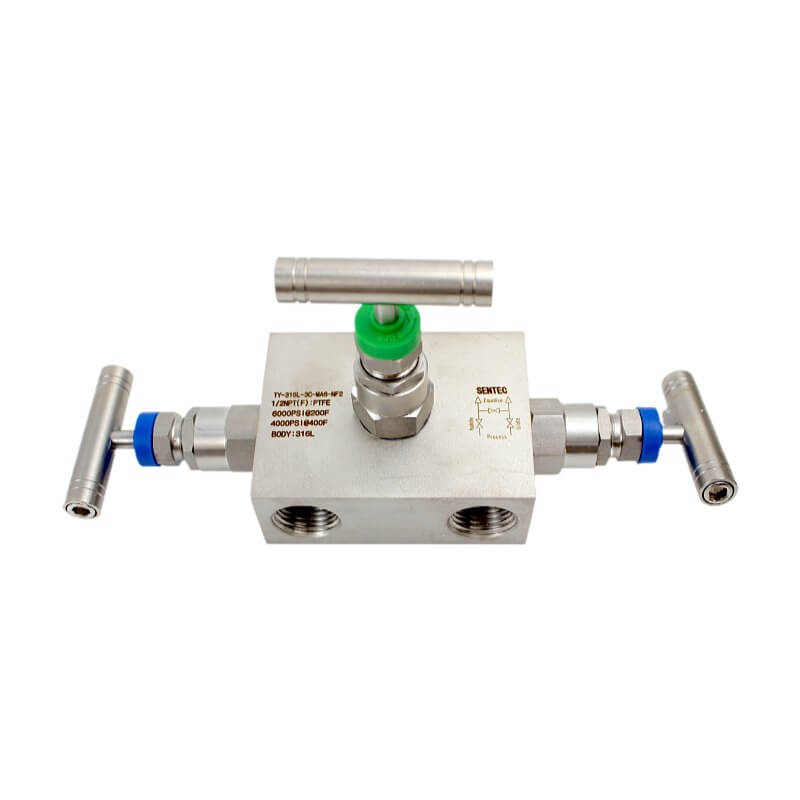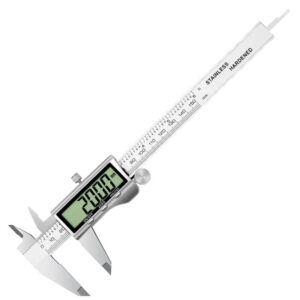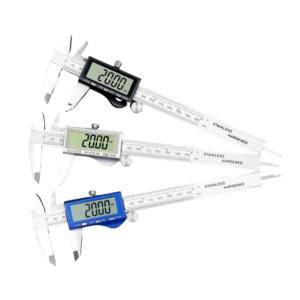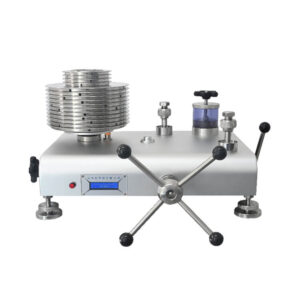Manifolds are an integral part of many mechanical systems and industries. In general, a manifold refers to a device that connects multiple inputs or outputs to a single component. It allows for the distribution or control of fluids, gases, or signals.
In the context of fluid mechanics, manifolds are used to regulate the flow of fluids, distribute them to different locations, or combine multiple fluid streams into a single channel. They are commonly found in hydraulic systems, pneumatic systems, and fluid distribution networks.
In the field of automotive engineering, intake manifolds are used to distribute air or air-fuel mixture to the cylinders of an internal combustion engine. They ensure even distribution and optimal performance.
In electronics and telecommunications, signal distribution manifolds are used to split or combine electrical signals, allowing for efficient routing and distribution in complex circuits or networks.
Manifolds can be made from various materials, including stainless steel, due to their excellent durability, resistance to corrosion, and high strength. Stainless steel manifolds are commonly used in applications where there are harsh environmental conditions, high temperatures, or corrosive fluids.
When choosing a manifold, factors such as pressure rating, temperature range, compatibility with the fluid or gas being used, and the specific requirements of the application should be considered.





